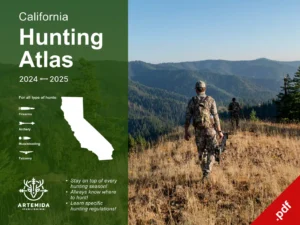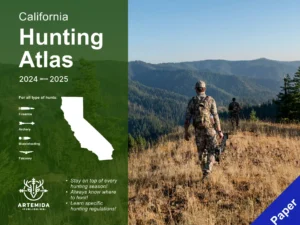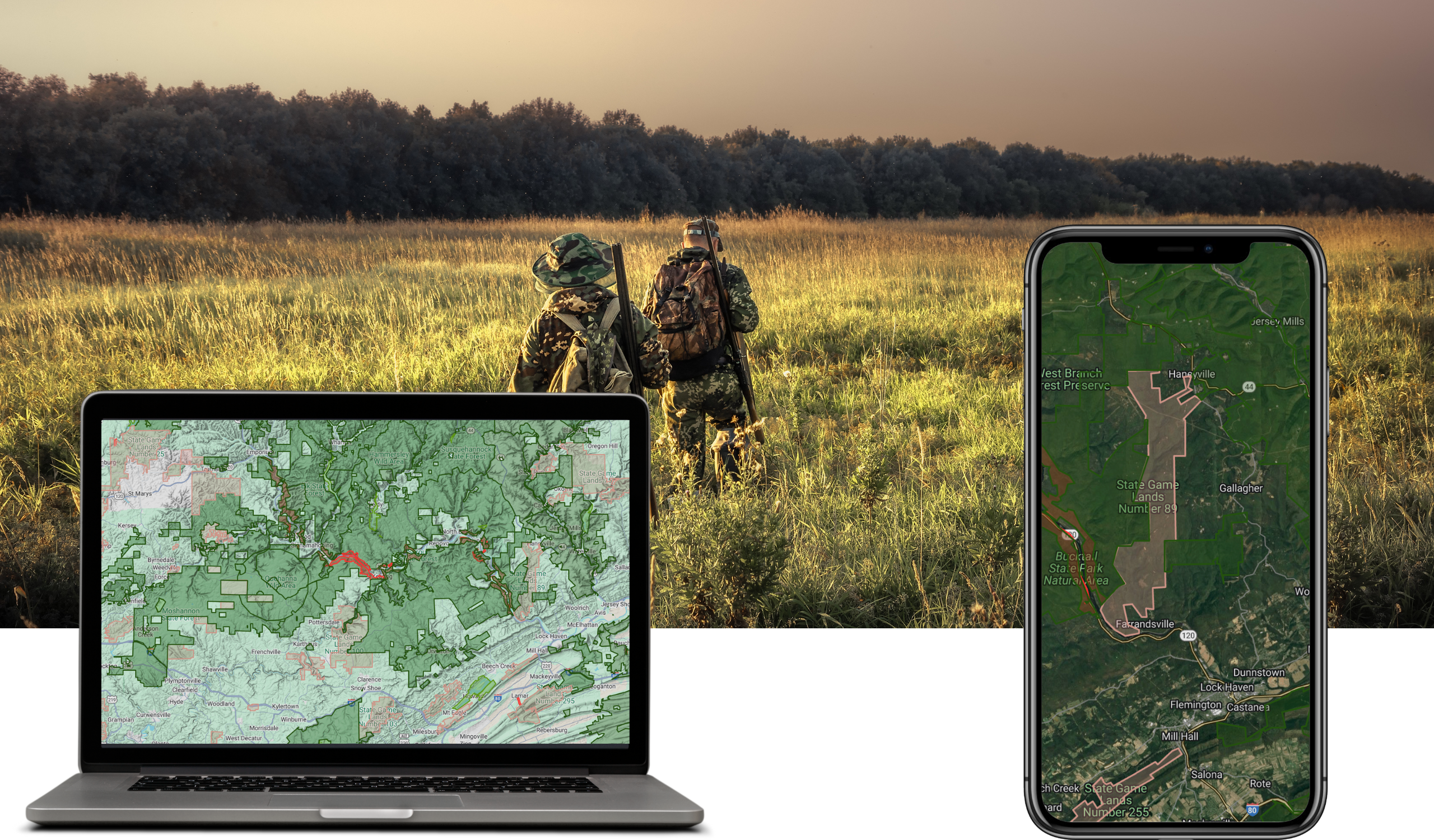California deer hunters, take note: significant changes to the way we tag and hunt in the D3-D5 and C4 zones could be on the horizon. The California Department of Fish & Wildlife (CDFW) is exploring a proposal that would restructure these hunting areas to better manage deer populations, separating migratory and residential deer. If implemented, this could mean new zones, different tag requirements, and shifts in hunting strategies. However, it is important to note that this proposal is still in the early discussion phase, and no final decision has been made.
What’s on the Table?
Biologists from CDFW recently presented a proposed reallocation of the zones to the Nevada County Fish & Wildlife Commission. The current D3-D5 system—along with a section of C4—could potentially be replaced with three new zones that would run north to south, instead of the current east-west format. While no final decision has been made, the implications for hunters could be significant if these changes move forward.
Key Changes to Watch
- Zone Restructuring: The current D3-D5 and part of C4 could be divided into three new zones based on geography and deer migration patterns.
- New Tagging Rules: The existing D3-D5 tag allows movement across all three zones, but under the new system, hunters may need multiple tags depending on where they hunt.
- Better Data Collection: The changes aim to improve tracking of harvest success rates, migratory deer numbers, and hunter demand.
Why the Change?
CDFW officials noted that over the past decade, hunters have seen a sharp decline in deer populations, particularly in national forests. While factors like habitat changes, predators, and land-use shifts all play a role, the current management system does not effectively separate data on migratory deer from residential deer.
Many hunters have observed fewer deer in the national forests compared to past decades, and officials acknowledged that while a return to the abundant deer populations of the 1960s and 1970s isn’t expected, the goal is to create more opportunities for hunters by improving population management.
Data Gaps and Tag Adjustments
One of the major issues highlighted was the difficulty in tracking exactly how many hunters target specific areas within the D3-D5 zone. Under the current system, a hunter could spend a week in the high-elevation migratory areas, fail to tag a deer, and then move down to lower elevations where success rates are higher. Since only successful harvests are reported, the current 12% success rate in D3-D5 may not reflect actual success in the tougher migratory regions.
If the proposed changes go through, hunters may need separate tags depending on whether they are targeting valley, foothill, or migratory deer.
What This Means for Hunters
While any change to hunting regulations is bound to spark debate, CDFW representatives—many of whom are hunters themselves—acknowledged that adjustments may be necessary given the declining deer population.
Officials stated that with fewer deer available for the number of issued tags, changes may be needed to better align tag distribution with actual population data. While this could mean fewer tags overall, it could also lead to additional special hunts, an increase in premium draw hunts, and a potential decrease in statewide preference points. CDFW also believes these changes would offer more flexibility in deer management moving forward.
How to Stay Ahead of the Discussion
If this proposal gains traction, hunters will need to adapt to potential new systems—potentially navigating multiple zones and different tag requirements. That’s where tools like Hunterizer come in. California hunting zones can be notoriously confusing, and Hunterizer simplifies the process by helping you pinpoint exactly where you can hunt based on your tags and location. Whether you’re chasing migratory deer or sticking to lower elevations, staying informed is key.
Next Steps
For now, these changes are still in the discussion phase, and no final decision has been made. Hunters should stay engaged, follow updates, and voice their concerns. Keep an eye on the California Department of Fish & Wildlife (wildlife.ca.gov) for updates and check out the Nevada County Fish & Wildlife Commission website for more information on the proposal.
While no immediate changes are set in stone, staying informed will ensure you’re prepared for any adjustments that may come in the future.



